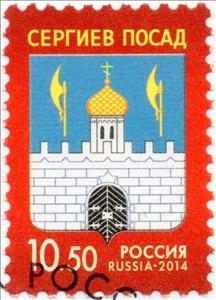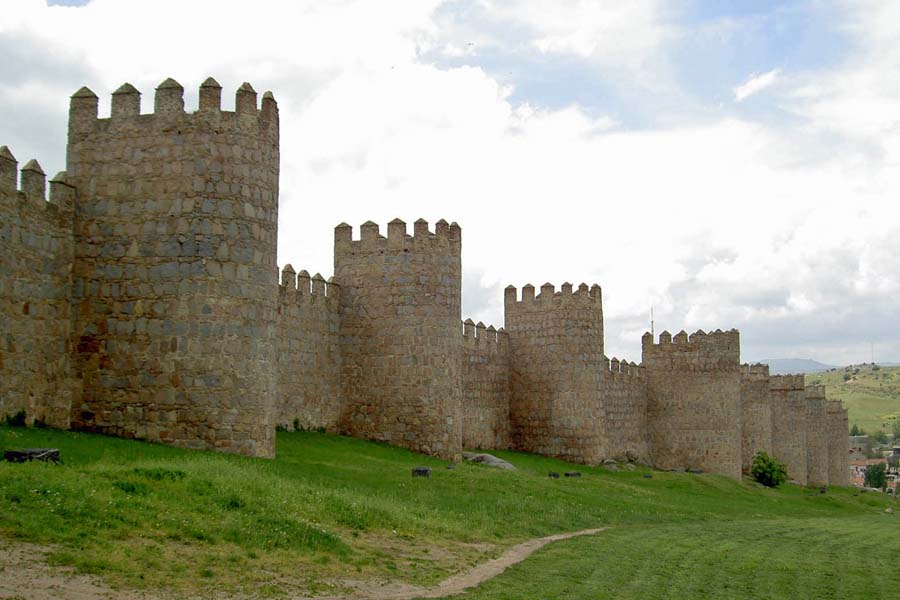Stamp: Coat of Arms of the city of Sergiev Posad (Russia 2014)
Coat of Arms of the city of Sergiev Posad (Russia 2014)
24 June (Russia ) within release Coats of Arms of constituent entities of Russia Federation goes into circulation Stamp Coat of Arms of the city of Sergiev Posad face value 10.50 Russian ruble
| Stamp Coat of Arms of the city of Sergiev Posad in catalogues | |
|---|---|
| Michel: | Mi:RU 2050 |
| WADP Numbering System - WNS: | WAD:RU 063.14 |
Stamp is vertical format.
Designer: A.Povarihin.Stamp Coat of Arms of the city of Sergiev Posad it reflects the thematic directions:
A defensive wall is a fortification usually used to protect a city, town or other settlement from potential aggressors. The walls can range from simple palisades or earthworks to extensive military fortifications with towers, bastions and gates for access to the city. From ancient to modern times, they were used to enclose settlements. Generally, these are referred to as city walls or town walls, although there were also walls, such as the Great Wall of China, Walls of Benin, Hadrian's Wall, Anastasian Wall, and the Atlantic Wall, which extended far beyond the borders of a city and were used to enclose regions or mark territorial boundaries. In mountainous terrain, defensive walls such as letzis were used in combination with castles to seal valleys from potential attack. Beyond their defensive utility, many walls also had important symbolic functions – representing the status and independence of the communities they embraced.
A coat of arms is an heraldic visual design on an escutcheon (i.e. shield), surcoat, or tabard. The coat of arms on an escutcheon forms the central element of the full heraldic achievement which in its whole consists of shield, supporters, crest, and motto. A coat of arms is traditionally unique to an individual person, family (except in the United Kingdom), state, organisation or corporation.
A cross is a geometrical figure consisting of two intersecting lines or bars, usually perpendicular to each other. The lines usually run vertically and horizontally. A cross of oblique lines, in the shape of the Latin letter X, is termed a saltire in heraldic terminology.



